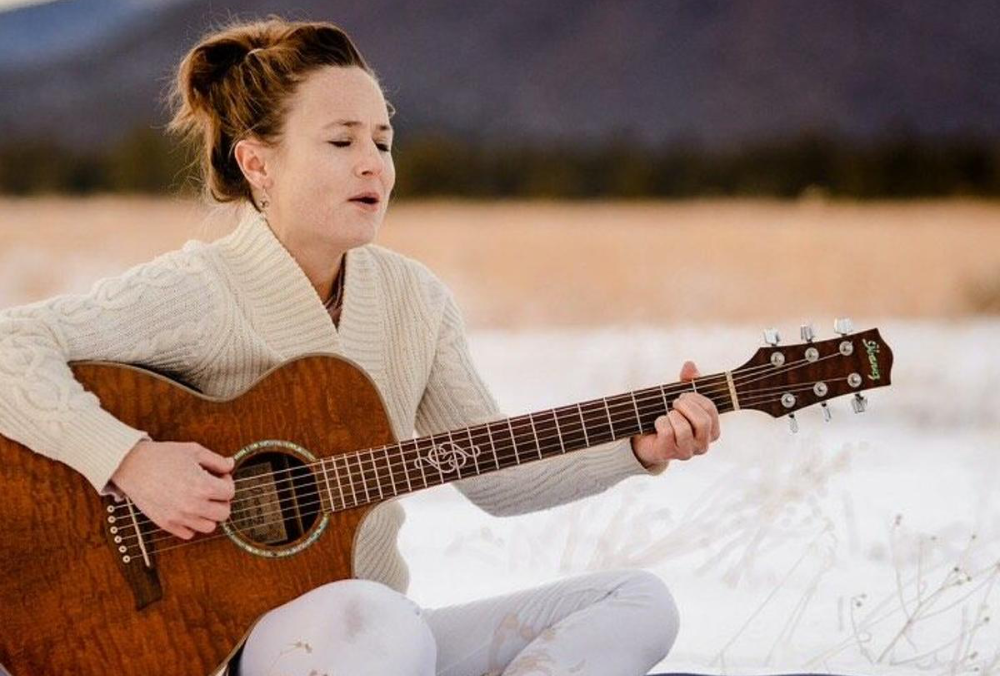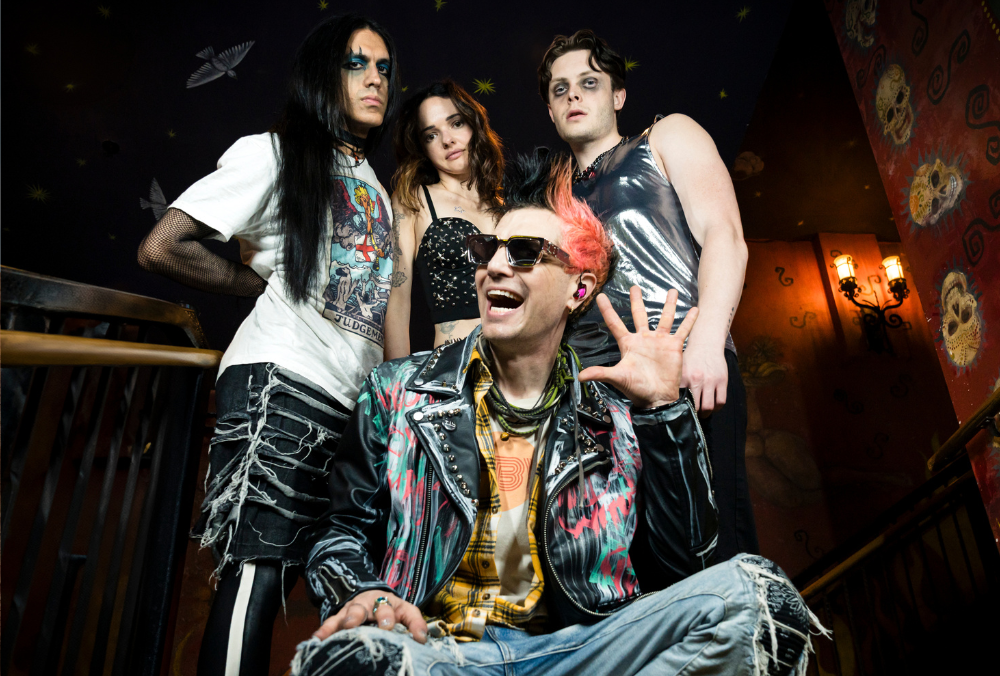When it comes to school in anime and manga, we see a ton of high school-themed series and a fair share of middle school as well, but hardly ever is anime set in college. Why is this? The obvious explanation for this is a matter of target demographics, with shonen and shojo being targeted primarily towards teenagers and making up the majority of manga and anime. However, even in anime ostensibly aimed at adults, there seems to be much more focus on high school than on college.
So what's the appeal of high school manga and anime for adults? Nostalgia. Every adult has experienced the joys and traumas of high school, which makes the material universally relatable. In series like Kimi ni Todoke: From Me to You and Teasing Master Takagi-san, every viewer can recall experiencing or witnessing a love confession by a classmate, participating in school events such as the cultural festival or sports day and hanging out with friends after school at the local cafe or arcade. Adult viewers see high school-themed anime and manga as a form of escapism where they can relive their high school memories or visualize the ideal high school setting they wished they had.
College-themed anime or manga have a more limited appeal because not everyone attends college. One also has to consider that Japanese people have a different frame of mind about university life, in contrast to American universities and elsewhere. In America, college is an opportunity for exploration and freedom for young adults, but in Japan, college is treated more like a passageway to adulthood and to take on more responsibilities. Experiences like retaking college entry exams and searching for jobs aren't appealing memories that audiences want to reminisce about, which is why audiences enjoy high school stories.
However, are a few college series that rose to popularity amongst viewers. Many of these are romance series, like Oh My Goddess!, Golden Time, Maison Ikkoku and Rent-A-Girlfriend. These series are enjoyable to watch because the male protagonist is inexperienced in love, similar to the male protagonists of popular high school romance series like Hachiman Hikigaya from My Youth Romantic Comedy Is Wrong, As I Expected and Raku Ichijo from Nisekoi. Teenagers can still find these protagonists relatable, while adults might find these romances.
One of the most authentic representations of college life in anime is The Tatami Galaxy. In each episode of The Tatami Galaxy, an unnamed protagonist joins a specific club, hoping to obtain the “dream campus life.” After joining each specific social circle, he realizes that it isn’t the life he wants, resulting in our protagonist rewinding time and then joining a different social group in another parallel universe. The series became a cult classic for its unique narration, witty dialogue, and honest portrayal of how college students explore their identities.
Another college series that focus on identity is Honey and Clover. The story is about the experiences of five friends attending an art school. This series doesn’t depict college as a glamorous place but instead, Honey and Clover offers an authentic depiction of how students live their lives while obtaining college degrees: balancing school and work life, dealing with mental and physical illness, and coping with academic pressure from family and friends. Unlike the other school-related anime that provide the audience with their ideal school life, Honey and Clover gives a taste of what real adulthood is to viewers.
There are more college anime worth watching as well, including the agriculture comedy Moyasimon, the anime club-centric Genshiken and the new yuri isekai series Otherside Picnic. Studios should consider producing more college anime series. They can offer a different take on "coming of age" storylines than the standard high school tropes while tackling some serious adult issues such as mental health, identity and interpersonal connections.
About The Author

